Animation showing the biochemical features of photosynthesis, the process that plants use to convert energy from sunlight into food. At bottom left is a chloroplast, the organelle in which photosynthesis occurs in plant cells. Within the chloroplast are green thylakoids, in stacks called grana. Photosynthesis takes place on the membrane of the thylakoids inset, at a complex called photosystem II. The light energy is initially absorbed by a chlorophyll_containing light_harvesting complex. This enters an excited state, and it passes the energy by resonance transfer to other proteins and then to the reaction centre red, called P680. The electron is then used to reduce the molecule NADP+ to NADPH, which is used in the chemical cycle that generates sugars from atmospheric carbon dioxide. The P680 complex is a very powerful oxidising agent, and it takes electrons from a water molecule blue, right to continue the process, resulting in the production of oxygen gas. It is this oxidation of water that creates almost all of the oxygen in the atmosphere.
Details
WebID:
C00617673
Clip Type:
RM
Super High Res Size:
1920X1080
Duration:
000:54.000
Format:
QuickTime
Bit Rate:
25 fps
Available:
download
Comp:
200X112 (0.00 M)
Model Release:
NO
Property Release
NO


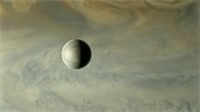
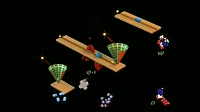
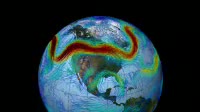
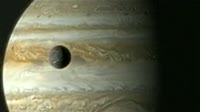


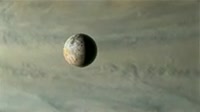
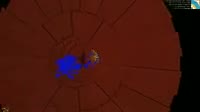

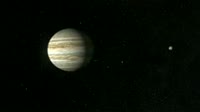

 Loading
Loading